Here are seven easy ways to prevent heels from sinking into your shoes. If you don’t know how to stop rubbing your heels, here are some ways:
Now that summer is here, we trade our pants for shorts, our boots for sandals, our hot coffee for cold brew, and our heaters for coolers.
As we move into warmer weather and more outdoor activities, I’m not looking forward to risking unsightly heel blisters from wearing shorter, more casual sneakers.
When you feel friction in the back of your foot, you believe it will go away if you ignore it. However, the discomfort and irritation remain, leaving you with a painful blister that burns every time you put on socks and shoes. So why does this happen?
Due to the friction between the shoe lining and the skin on the Achilles and ankle, the shoe wears the heel and ankle. Walking creates friction, which is enhanced by factors such as the type and thickness of the sock, the shape of the upper line of the shoe, the material of the shoe lining, and the stiffness of the shoe.
But how to solve this problem? This blog offers some simple ways to prevent your shoes from chafing your heels so you can enjoy a blister-free summer and let your feet fly in the heat!
Wear socks that are longer than your shoes.
When we get blisters on the back of our feet and Achilles, we usually blame ill-fitting or rough shoes. However, wearing socks of the wrong length often exposes more flesh to friction from walking, resulting in soreness and blisters. However, how long should socks be? Before we present our tips, let’s briefly review the anatomy of the shoe:
Quarter is the entire upper part of a shoe that covers both sides and back of the shoe.

Topline/collar – the top edge of the sides and back of the quarter. In athletic shoes, the top line is usually padded and is called a collar.
So that the skin behind the heel is not exposed to friction, you should wear socks that extend at least up to the line or collar of your shoe, if not higher.
Wear socks that protect your heels
If the height of your socks doesn’t reduce the amount of tearing on your heels, you may need to switch to socks made from a thicker, better quality fabric (see our previous article on sock materials if you’re having trouble choosing the right fabric).
The times when the backs of my ankles hurt the most were when I wore thin socks with stiff dress shoes to weddings and other formal events.
The thicker the fabric between your shoes and your skin, the less friction you’ll feel when walking.
You should look for socks with extra cushioning and arch support to stabilize your foot and reduce the movement that causes friction in your shoe. Alternatively, you can double up the socks you’re currently wearing to increase the thickness of the fabric, or you can use thin toe liners under your socks.
Make sure your shoes and socks fit properly
Our advice on choosing the ideal height and thickness of socks to prevent chafing of your shoes only applies if your socks and shoes are the right size.
This is especially true if, like me, you have XL or XXL feet. Socks that are the wrong size may slide down or become too thin throughout the day, increasing the chance of heel discomfort, irritation, and blisters due to friction.
Make sure the socks you choose are designed for your specific shoe size. In most cases, socks labeled as “one size fits all” do not fit everyone.
The same logic applies to your shoes. You should avoid wearing shoes that are too tight and the fabric of your socks and shoes will press against your skin.

Likewise, don’t wear shoes that are too big, which in addition to making walking difficult, will cause extra friction due to all the movement that occurs when walking.
To get a better sense of how the shoes move with or on your feet, if possible, try them on before you buy (while wearing appropriate socks or have different pairs of socks to try on with the shoes).
Use motion strips, heel protector inserts, or moleskin
In addition to adjusting your socks and shoes, there are solutions available to prevent heel wear:
Motion Tape – Tape that you put on your muscles (in this case, the Achilles and calf) that moves with the muscles to allow full range of motion. While they’re easy to use, the glue needs to be strong enough to stay on all day, and if you don’t have enough glue at the end of the roll, you’re out of luck.
Heel Inserts – Gel or silicone pads that are implanted in the back of the shoe to create a barrier between the heel and the shoe. If they are not the right size for the foot, they can easily move and cause friction and are not as secure as other solutions.
Moleskin – an adhesive tape that combines the properties of motion tape and a heel insert to prevent blisters. These should still have a strong adhesive to stay on all day.
As temporary treatments, these products can help prevent chafing, chafing, and blistering. However, if it’s a really hot day, if your feet sweat too much, or if you don’t choose the right size for these products, they can be just as ineffective at reducing heel pain as dirty shoes and socks.
Use insoles for better fit and less friction
If the insoles are not supportive enough, your feet will be prone to excessive movement inside the shoe. While orthotic insoles are commonly used to alleviate posture, alignment, and arch support problems, they can also provide a more secure fit for your feet in your shoes, thereby reducing the friction that can cause blisters.

While you can buy the perfect insoles off the rack, you can also have a set of quality insoles just for your feet.
However, molding new insoles for your feet can be an expensive operation, so you need to evaluate whether this step is worthwhile.
Try an anti-blister heel balm.
Many companies in the skin care industry offer anti-wrinkle balms not only for heels, but for other areas of the body that are prone to rubbing heavy fabrics.
Similar to roll-on or stick deodorants, apply them to your heels. They lubricate and act as an additional barrier to your skin to prevent friction.
Typically, these balms cannot be used in conjunction with other products, especially adhesive products that do not stick to areas treated with a friction-reducing balm.
In addition, the daily use of these balms requires a large amount, as they are intended to be used several times throughout the day. This can be expensive, especially if you also use non-stick goods such as insoles.
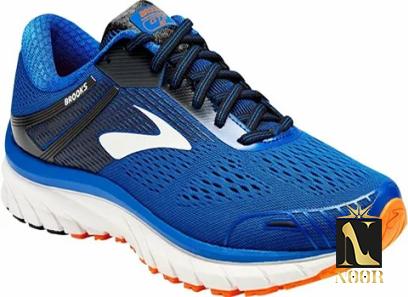
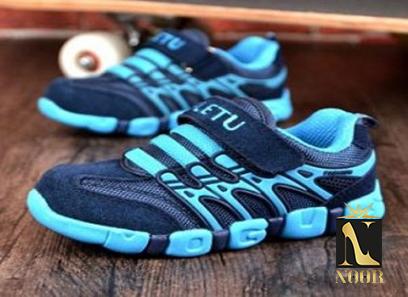
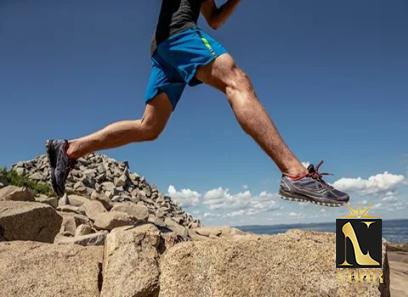
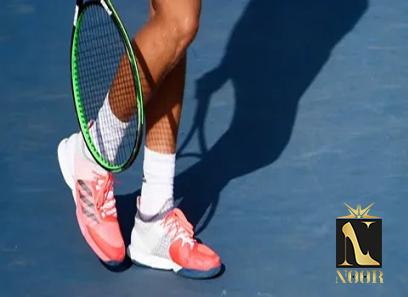
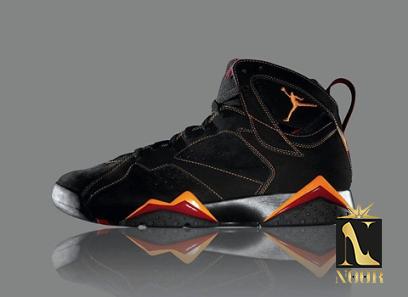
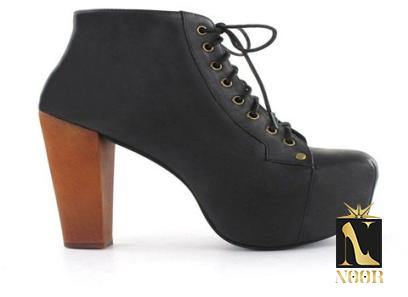
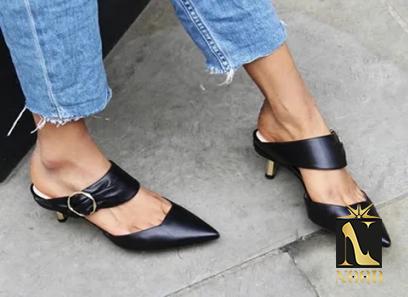
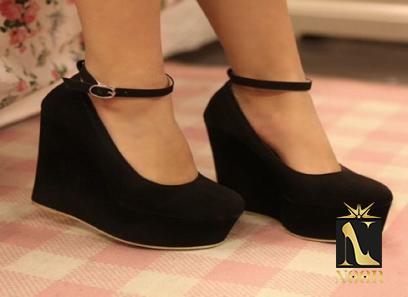

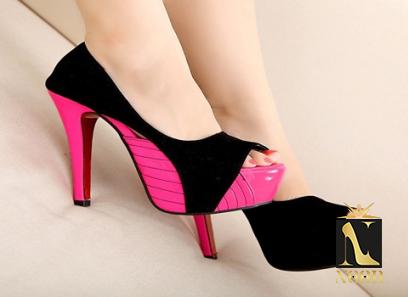
Your comment submitted.